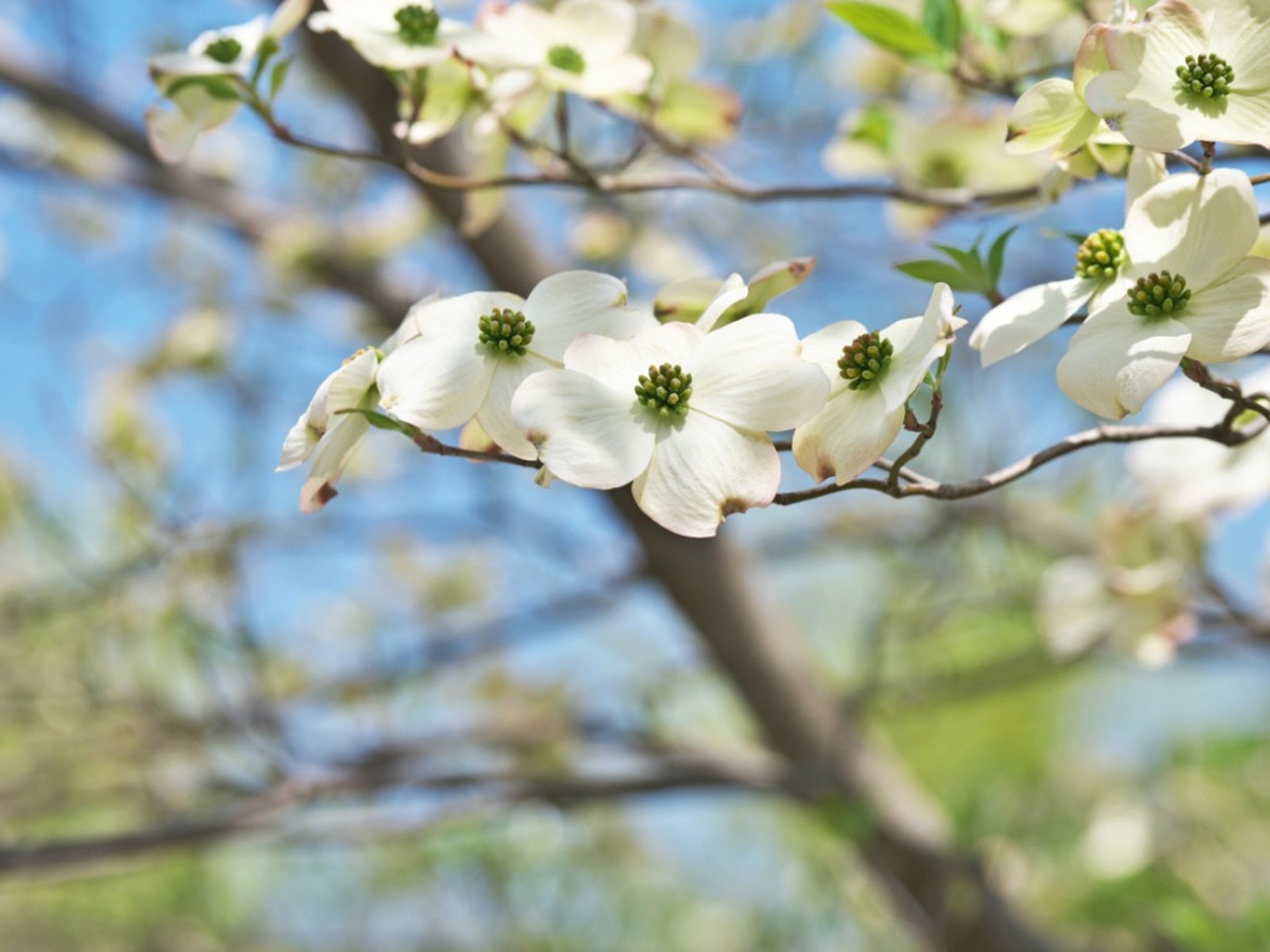Flowering Dogwood Problems: Why Is My Dogwood Dripping Water Or Sap

Flowering dogwood trees are a beautiful addition to any landscape. Unfortunately, this tree, like many others, is susceptible to attack from pests and diseases that can cause damage and drastically shorten its life. Flowering dogwood problems such as disease and insects always hit weak or older trees first. The most common sign that your tree may be in trouble is when you notice the tree leaves dripping.
Why is My Dogwood Dripping Water?
Oftentimes, dogwood tree dripping, especially when watery in nature, is due to pests. Some of the most common pests that affect dogwoods and lead to dripping tree leaves include borers, scale, aphids, and ants.
- Dogwood Borers - One very devastating problem with dogwood trees is dogwood borers, which are caterpillars that drill tunnels into the trunk of the tree. Weak and older trees are most susceptible to borers that leave wet areas on the bark early on. If you find your dogwood tree dripping sap, it may be a good indication that borers are at work. Once these damaging pests are inside a tree, they are very hard to eradicate.
- Scale Insects - Scale insects are pesky, little bugs that thrive on dogwood tree sap. They excrete a sugary liquid known as honeydew, which can down rain in large amounts and result in tree leaves dripping. Scale infestations are more damaging some years than others and seem to come in cycles. Using an insecticidal soap is an effective treatment for this problem.
- Tree Aphids - Aphids commonly affect ornamental trees and, like scale, will suck the sap from dogwoods. They also secrete honeydew, which can be recognized easily by a dogwood dripping water. Neem oil is a great way to control aphids on trees, or you can use a homemade solution of organic control as well.
- Carpenter Ants and Rot - Some people may find their dogwood dripping water or the tree leaves dripping what appears to be water. It's possible that carpenter ants and rot are causing this problem. These ants are so small that it is very hard to determine whether they are present or not. Carpenter ants feed on rotting wood. If there is a hole in the tree where water has accumulated, ants find plenty for dinner. Unfortunately, carpenter ants are very hard to get rid of once they are inside a tree. They dine on the inside of the tree, and the tree loses moisture through weeping. It is best to remove a tree that has carpenter ants before they move on to other trees in your landscape. Ants can also be found feasting on aphid honeydew, so check for these pests as well whenever you notice a dogwood tree dripping.
Dogwood Tree Sap
Not all flowering dogwood problems are the result of pests or disease. Dogwood tree dripping can also be the result of improper pruning. Sometimes dogwood trees are injured by other causes, such as storm damage. Since dogwood trees are known to be “bleeders,” they respond to injury by releasing sap, which will flow freely from the injured site. This dogwood tree sap is what is used to produce flowers and the tree must be left alone to heal. Always prune your dogwood trees in early summer to avoid injury and prune out any weak or older branches.
Gardening tips, videos, info and more delivered right to your inbox!
Sign up for the Gardening Know How newsletter today and receive a free copy of our e-book "How to Grow Delicious Tomatoes".
-
 Looking For Plants To Give You The Soft And Fuzzies? Try These 5 Fuzzy Leaf Plant Options
Looking For Plants To Give You The Soft And Fuzzies? Try These 5 Fuzzy Leaf Plant OptionsLovers of texture, drama, silver foliage and tactile plants will adore these special sensory garden additions. These fuzzy leaf plant options will leave you all aglow
By Susan Albert
-
 Get Ready For A Summer Of Hummers! Grow These Full Sun Hummingbird Plants and Flowers
Get Ready For A Summer Of Hummers! Grow These Full Sun Hummingbird Plants and FlowersIf you’re lucky enough to enjoy a sunny backyard, make sure you are maxing out on your pollinator opportunities and grow these full sun hummingbird plants and flowers
By Tonya Barnett